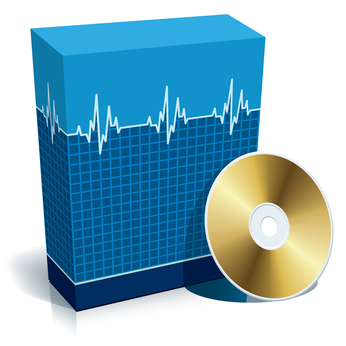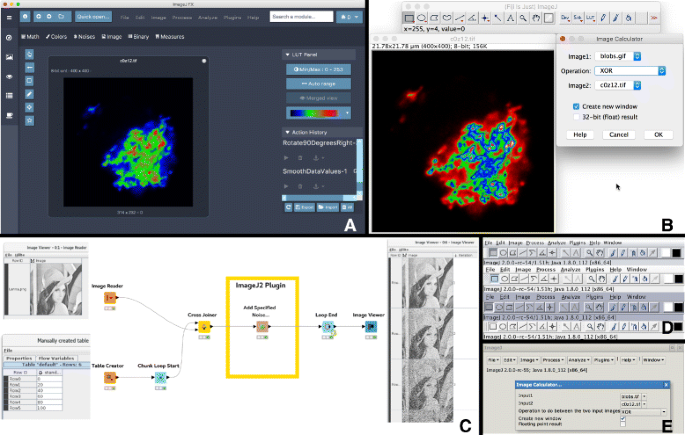
One of ImageJ's strength lies in its ability to recognize many different file formats, from exotic scientific data files to well-known quicktime movies. This tool offers rapid batch analysis of digital turf images to report means and standard deviations of hue angle, saturation, and brightness of each image.FAQ: Which file formats are supported by ImageJ. Friston, in Statistical Parametric Mapping, 2007 BackgroundNCSU Turf DIA is a plugin for the open-source image processing software ImageJ. ImageJ is probably the best known and longest-lived open source software for biomedical image analysis.K. ImageJ is a Java-based image processing program developed as a collaboration between the National Institutes of Health and Laboratory for Optical and Computational Instrumentation at the University of Wisconsin.
Statistical parametric mapping is a voxel-based approach, employing topological inference, to make some comment about regionally specific responses to experimental factors. The complementary perspective, namely functional integration, requires a different set of approaches that examine the relationship among changes in one brain region relative to changes in others. And wonderful software as ImageJ in comparison with other software its.Statistical parametric mapping is used to identify regionally specific effects in neuroimaging data and is a prevalent approach to characterizing functional anatomy, specialization and disease-related changes. No additional plugin installation is required.Amazon.com: Image Processing with ImageJ: 9781783283958: Mara Mateos Perez.
What Is Imagej Software Download And Install
This action will transfer a compressed file of the software to. Click the link that appears directly below the name of your computer's operating system (e.g. Click the ImageJ Download page and it will open in a new window. The general ideas behind statistical parametric mapping are then described and illustrated with attention to the different sorts of inferences that can be made with different experimental designs.Go to the ImageJ Download page , and download and install the application for your operating system. Before considering statistical modelling, we deal briefly with how images are realigned and normalized into some standard anatomical space.
Temporal autocorrelations in noise processes represent another important issue, especially in fMRI, and approaches to maximizing efficiency in the context of serially correlated errors will be discussed. We will touch on these and develop them further in the next chapter. Linear time invariant models provide the bridge between inferential models employed by statistical mapping and conventional signal processing approaches. This can be exploited to ensure that both the design and analysis are as efficient as possible.
The next chapter deals with different models of distributed responses and previews the material covered in the final three parts of this book.Rob Lind, in Open Source Software in Life Science Research, 2012 5.2.3 ImageJ communityImageJ has a large following in academia and beyond due to its open source nature, being freely available for download and use without restriction. We then look at experimental design in light of the models covered in earlier parts. Additional manually-installed plugins available from various online sourcesIn summary, this chapter reviews the three main stages of data analysis: spatial or image transforms, modelling and inference these are the areas covered in the first three parts of this book and are summarized schematically in Plate 1 (see colour plate section). There are four tiers of plugins: Core ImageJ plugins (1000+) Core Fiji plugins (1000+) Plugins installable from Update Site. The chapter closes by looking at the distinction between fixed and random-effect analyses and how this relates to inferences about the subjects studied or the population from which these subjects came.A special-purpose software component that extends ImageJ’s functionality.
It is beneficial to spend time becoming familiar with ImageJ, trawling through these macros to understand the capabilities these functions bring by example and how these could be applied to the users own imaging problems. In addition to the ImageJ forum, the ImageJ web site hosts a large selection of macros that not only provide useful functionality but also demonstrate how the different ImageJ command functions work. This global network of ImageJ users is a great source of knowhow and advice to help get a novice user up and running. Users can also search the archives to see if a question has already been answered. Indeed, posting a request on how to do a task on the ImageJ forum often meets with a quick and successful response from within the community.
It objectively defines focal abnormalities that correspond to seizure foci. Hypotheses expressed in terms of the model parameters are assessed at each voxel with univariate statistics. Parametric statistical models use a general linear model to describe variability in the data in terms of experimental and confounding effects. This is a statistical technique for assessment of differences in the brain activity recorded during functional neuroimaging experiments using PET or fMRI. Petr Marusic, in International Review of Neurobiology, 2014 3.1.5 Statistical parametric mappingStatistical parametric mapping (SPM) is a voxel-based analysis technique used in epilepsy patients ( Merlet, Ryvlin, et al., 2004).


However, both of these functions are not automatic but require manual input. Objects can be traced through 3D space and tracked through time. Objects can be selected, measured for a number of parameters, and the data can be exported to a spreadsheet file.
A more advanced user may seek additional plugins for more complex image manipulations. There are no volume-rendering plugins currently available.A user with no previous image-analysis experience will feel comfortable with ImageJ and will be able to get it running quickly with the basic built-in functions. There are several plugins designed for 3D, 4D, and 5D image analysis, but the effectiveness of the 4D and 5D analyses methods vary depending on the type of images collected. ImageJ can make movies (in the QuickTime and AVI formats) both flat and in 3D.
ImageJ is being constantly updated and we have used versions 1.40 through 1.43 for most of the work presented here. Most PC users will need the 32-bit version for Windows machines additional versions are available for Macs and Unix machines as is a 64-bit version for Windows 7. Carver, in Methods in Cell Biology, 2010 E ImageJ: Image Analysis Program for Animation, Manipulation, and Analysis of Image StacksImageJ is freely available from the NIH Web site ( ) bundled with Java ( Abramoff et al., 2004).
A number of plugins and macros are available for ImageJ and are listed at the Web site. However, with both 64-bit Windows and 64-bit Java, ImageJ may address over 1.7 GB according to the website. Nevertheless, we have found 1.3 GB to be a useful maximum, and, depending upon the particular computer, instability often occurs above this limit. Up to 75% of RAM may be specified, with the upper limit for the 32-bit version being around 1.6 GB. In order to address enough RAM to put a large stack in memory, the memory option will need to be specified under the edit menu.



 0 kommentar(er)
0 kommentar(er)
